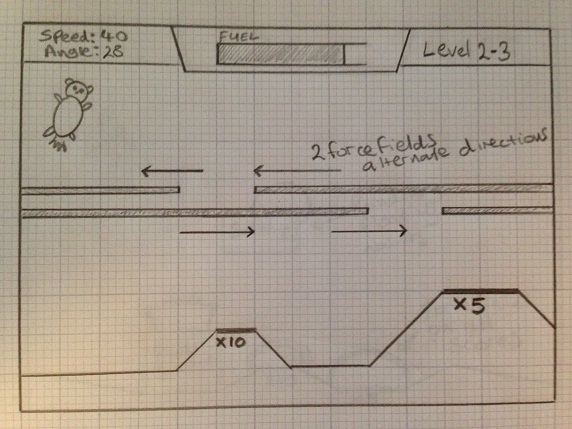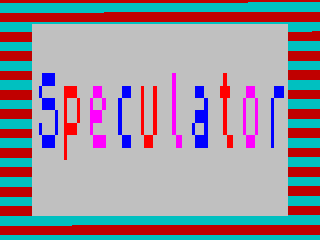Level Design
I’ll be honest with you, the new Lunar Panda game is my first ever attempt at level design, the existing Python version didn’t really require a lot of effort in this area. We essentially 'borrowed' the main concept from Lunar Lander and each level is randomly generated. This was how a lot of games worked back in the day. Think Asteroids or Space Invaders. You have a simple idea for a game and you basically repeat that idea for each level with a possible increase in the speed of the enemy with each iteration.
However the new Panda game we’re working on now for XBox and PC does actually have levels designed by hand and even a plot that weaves its way through the game via the talking Panda screens. So I thought I’d talk a little bit about designing the new levels.
General Thought Process
Here at Gimpy Software we’ve played a lot of video games in our time, both old and new and so the first thing we did before starting work on the next Lunar Panda game was to think about similar games and how the mechanics worked in those. Two games that sprung to mind were Lemmings and Angry Birds. Both of which have simple gameplay that you’re introduced to via some very easy levels to begin with and then as the games progress you’re introduced to more obstacles and more taxing level designs. So with this in mind we knew we’d have to create some obstacles for Mr Panda to deal with and also give ourselves the ability to hand draw the landscapes rather than having them randomly generated.
Sketches
Early on we began to sketch out some level ideas on graph paper. Here’s one for the force field level that we implemented not too long ago.





 In my years a software developer I've set myself many projects and goals. Writing a
In my years a software developer I've set myself many projects and goals. Writing a